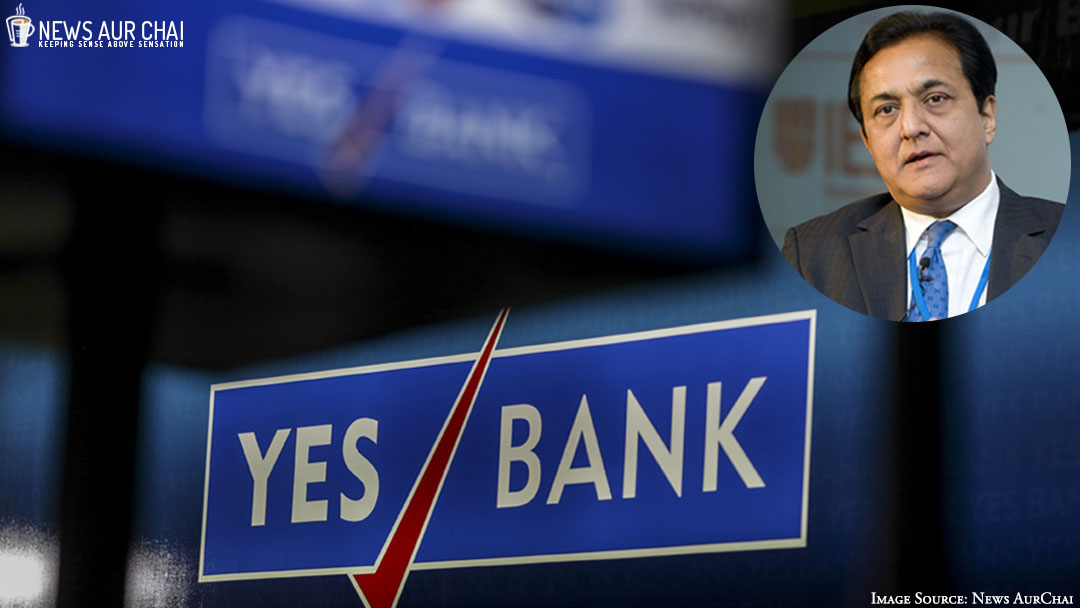
The YES Bank crisis that shook the Indian and International market seems to be one of the biggest news this week.
On the late hours of March 5, 2020, news broke that the Reserve Bank of India had put YES Bank under a moratorium. What this implied was that Yes Bank clients could pull back just up to Rs 50,000 from their accounts for the following one month. The amount of Rs 50,000 for each YES Bank account cap would defer in specific circumstances.
The RBI likewise superseded YES Bank’s board and designated Prashant Kumar, a previous CFO at SBI, as the bank’s manager. The RBI said that the crisis measures would apply until April 3rd for the time being and that such an action was taken because of YES Bank’s unsafe money related position.
Unexpectedly, the RBI move came toward the end of the day when Yes Bank stocks had mobilized on the business sectors on the rear of the theory that an SBI-drove consortium was planning to put resources into the bank.
What Happened?
YES Bank’s circumstance weakened over the most recent couple of weeks. There were sufficient indications in the market, which showed something was amiss despite YES Bank’s good faith. The private bank’s administration did not understand when they wrote to trades on March 5, saying no one from the administration, RBI or SBI were in contact with them.
The SBI was ready for the administration, and the RBI was working out the modalities of the rebuilding plan. By March 5th evening, RBI superseded the YES Bank’s board while topping money withdrawals at Rs 50,000 for each customer for a month.
The RBI referred to six basic issues for assuming responsibility for the bank – from crumbling in resource quality, administration issues and bogus confirmations of raising cash-flow to not a single genuine financial specialists to be seen, plus a surge of liquidity by method for store withdrawals. Significantly following a time of the new administration takeover, there was not a single recovery to be seen.
The breakdown of a bank implies the loss of trust of contributors in the money related framework. The Indian financial structure is the most significant source of funding to the corporate segment, though the bond market is all developed for organizations to raise assets on global levels.
The new age YES Bank thought that it’s hard to return to wellbeing much after the RBI shunting out its originator and previous CEO Rana Kapoor in the year 2018.
The RBI gave it a long rope yet notwithstanding that the new administration under Ravneet Gill, who is a foreign banker, was battling to raise new capital from institutional investors. The bank required around an amount between Rs 10,000 to Rs 12,000 crore to meet the administrative prerequisite and develop the bank.
Current situation of YES Bank
As of now, its watch rundown of Stressed loans is approximately Rs 35,000 crore. Most credits were given post-2008 when the financial situation was falling apart with the GDP (Goods Domestic Product) slamming down with over-utilized corporate.
Specialists state that a ton relies on resource quality and collateral in records. Right now, a considerable portion of the YES Bank credit portfolio is in parts like engineering (Rs 10,366 crore presentation), steel Rs (10,810 crore), construction (Rs 35,218 crore) and force (Rs 21,710 crore), which is without adequate assurance and lien.
According to its disclosure explanation as on September 2019, YES Bank’s complete advance introduction is Rs 3.79 lakh crore, including both funds based and non-support based credits. These advances have collateral and lien less than 4 per cent.
The most extreme torment is originating from these parts, particularly construction where the bank has a colossal exposure.
Indeed bank is in desperate need of capital in light of the decay in its assets quality, NPA provisioning and mounting misfortunes and losses. Its centre capital proportion remains at 8.7 per cent at Q2 of FY20 against the RBI’s necessity of 8 per cent of core capital ratio. The bank needs capital for three fundamental purposes like credit risk, market hazard and operational hazard.
Affect on customer
For the present, it’s a pause and-watch game. The RBI has divulged a draft restoration plan, engineered for siphoning fresh cash into YES Bank. However, YES Bank clients can’t pull back more than Rs 50,000 from their records, except in certain particular circumstances.
On March 6, clients confronted obstacles pulling back cash from ATMs or getting to web banking because of obvious system issues at YES Bank. In the evening, there was no clearness on the status of these administrations, and when they would be completely reestablished.
The administration conveyed a message of affirmation with Finance Minister Nirmala Sitharaman saying that the quick need was to guarantee that YES Bank clients can withdraw cash below the Rs 50,000 breaking point. However, a YES bank account holding employer can debit more than Rs 50,000 towards disbursement of salaries in the accounts maintained with Yes Bank only.
Furthermore, transaction from one YES bank account to another would be carried out without any restrictions.
However, on March 10, YES bank announced enabling inward IMPS and NEFT services, wherein their customers could make payments towards Yes Bank credit card EMIs and loans through other bank accounts. On March 11, it further said its inward real-time gross settlement (RTGS) services have been enabled to allow customers to make payments towards their credit card dues and loan obligations from other bank accounts.
RTGS is used for making payments above Rs 2 lakh, while payments below this amount can be made using NEFT. Additionally, loan and credit cards repayments to the bank can also be made through IMPS from other bank accounts.






One Comment